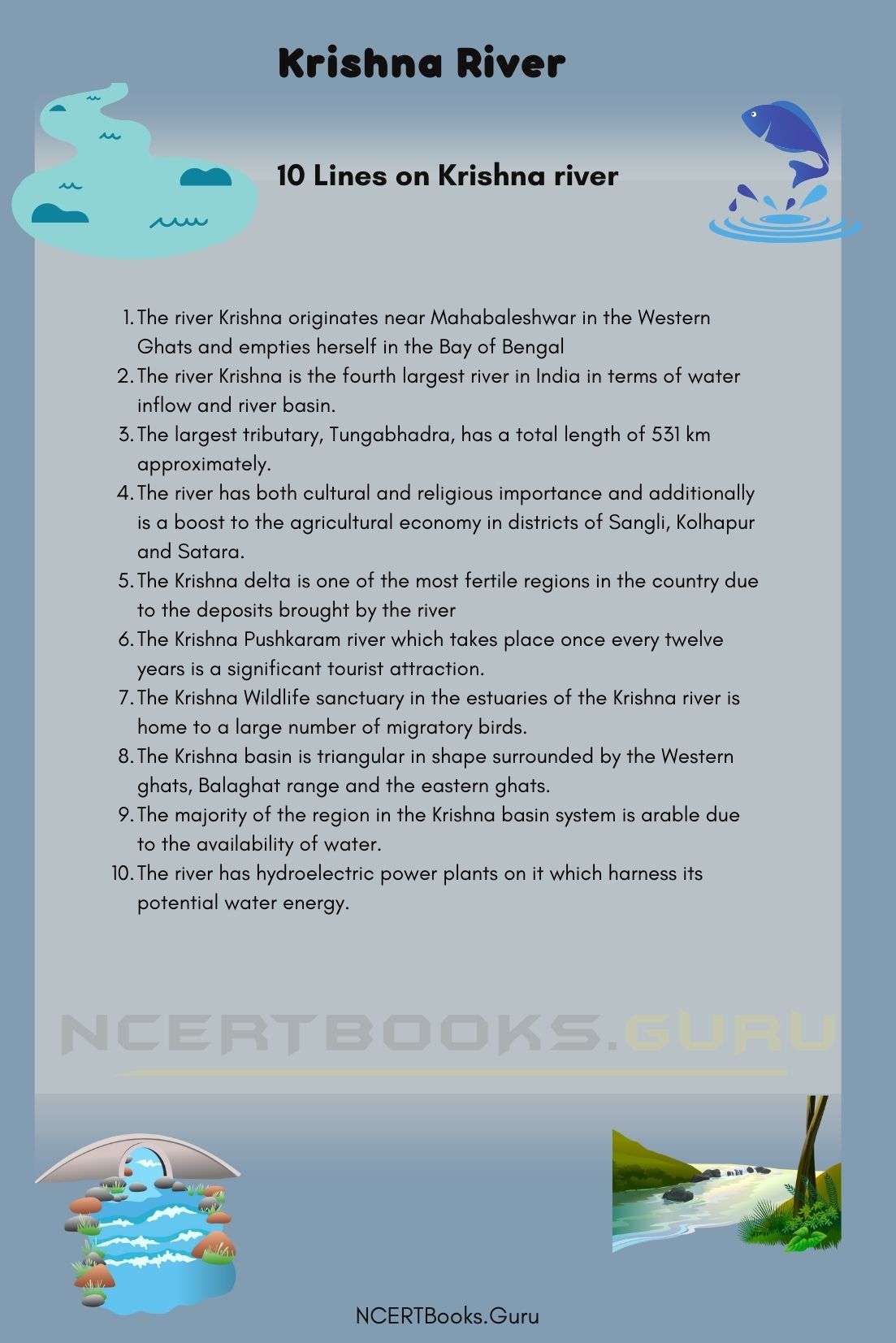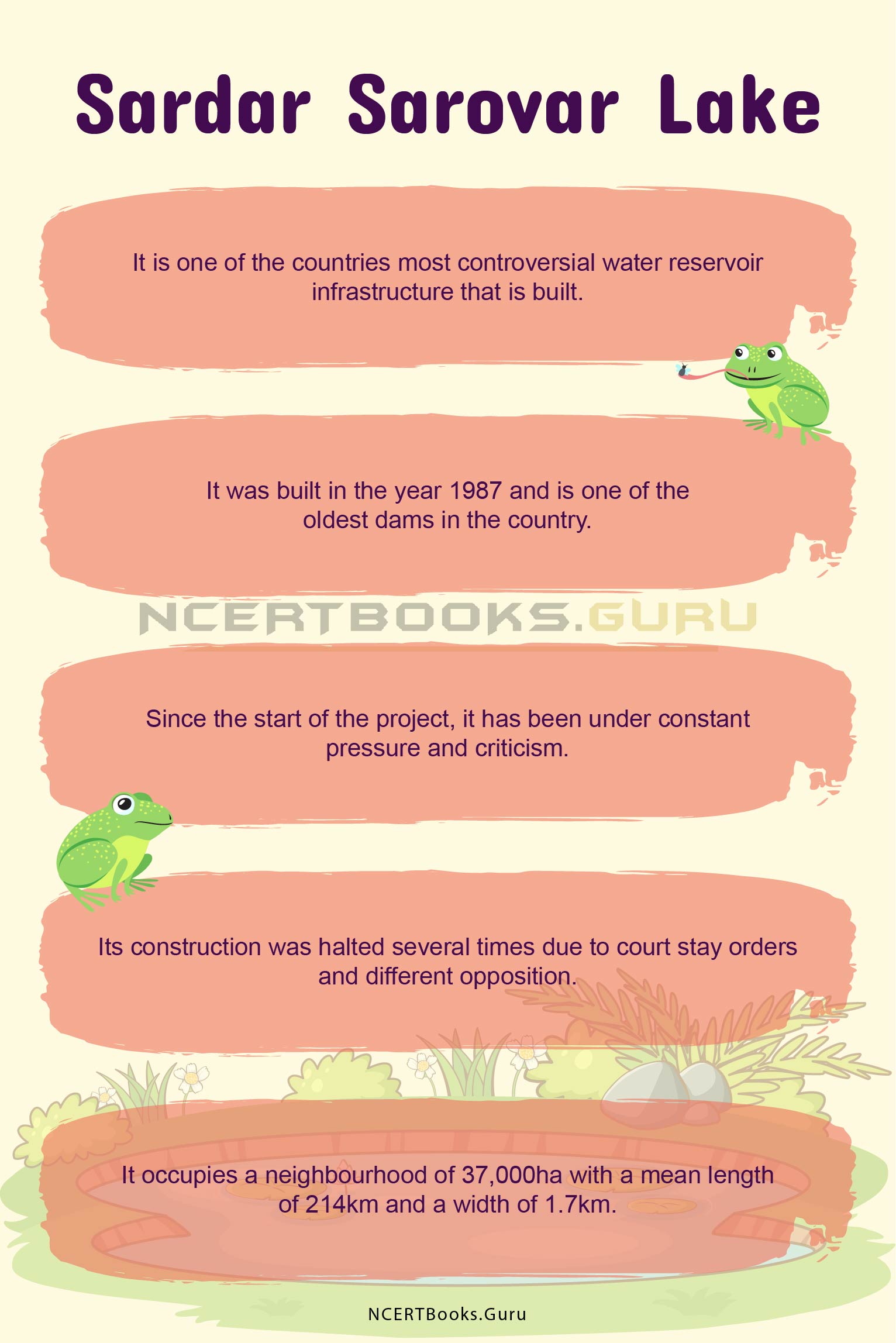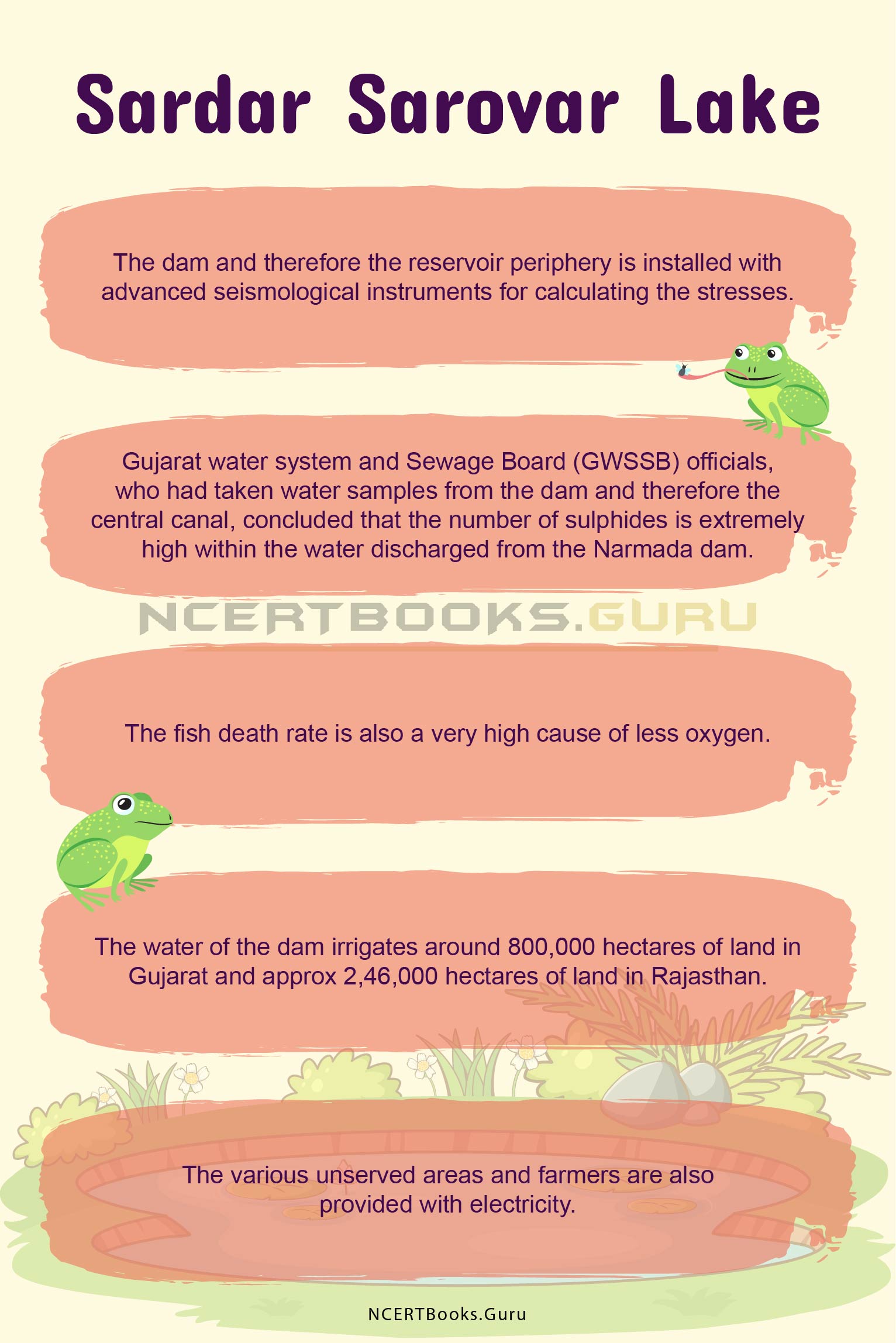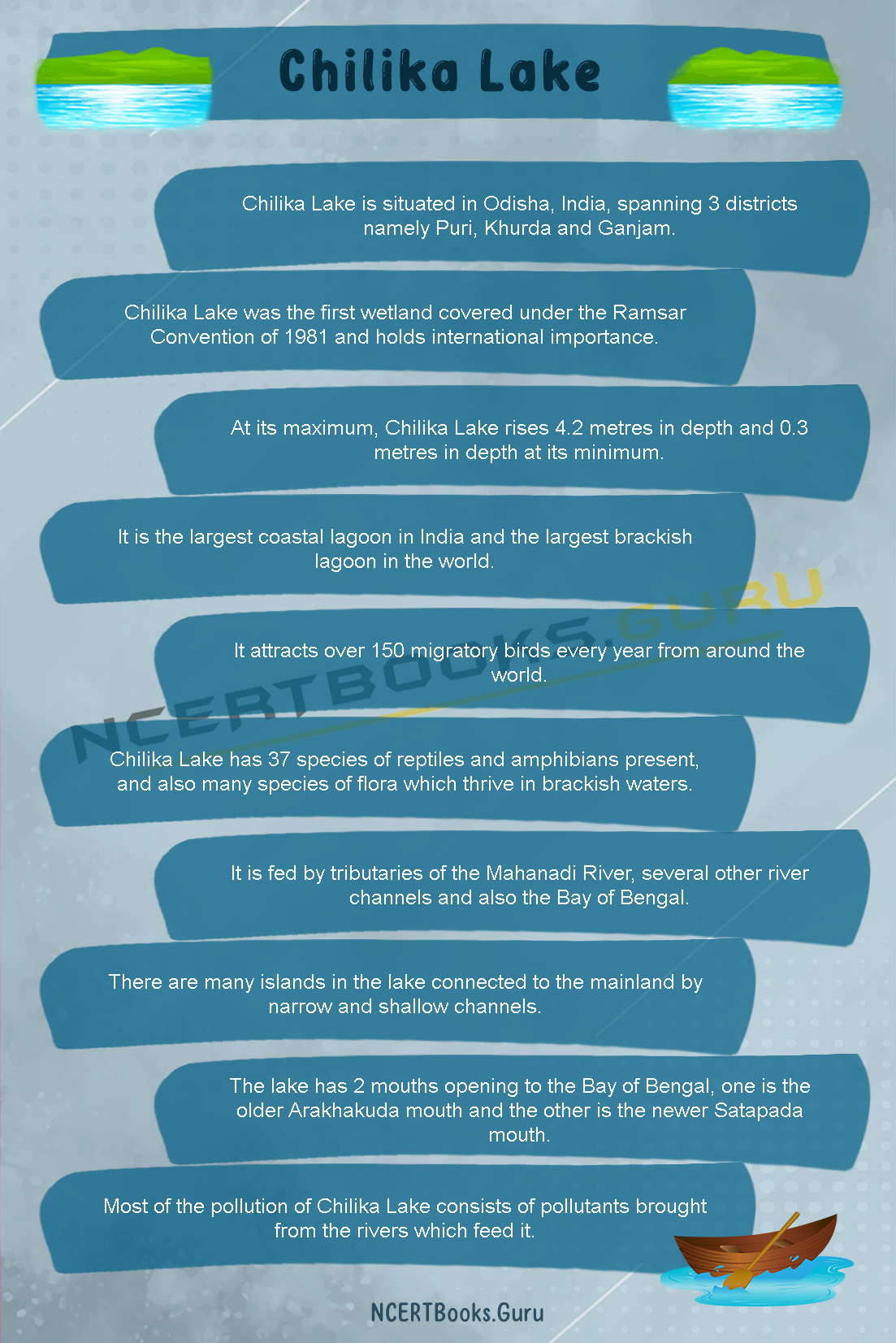SSC Full Form: Need a deep-down explanation about SSC exams? Then, you have stepped onto the right page. Here, at NcertBooks.Guru website, expertise team researched and gathered the necessary information about SSC Full Form. Students from secondary education will surely hear about the SSC exams from the adults or seniors or teachers. To provide the proper information and make you understand what is SSC? we have explained the content in this article, utilize these below quick links, and directly learn the information that you are looking for.
- What is SSC & How it Works?
- Quick Facts For SSC
- Educational Qualification for SSC Exams
- SSC Full Form in Hindi
- Exams Conducted by Staff Selection Commission(SSC)
- SSC CGL Full Form
- SSC CHSL Full Form
- What does SSC CPO Stand for?
- What is the Full form of SSC MTS?
- Full form of SSC JE
- SSC GD – What is SSC GD?
- FAQs on SSC Full Form
What is SSC Full Form & How it Works?
The full form of SSC is the Staff Selection Commission, an organization responsible for leading the hiring process for various posts under the Government of India in various ministries and departments. The other name for SSC is Subordinate Service Commission called formally and present it is termed as the Staff Selection Commission. SSC Organization comes under the Department of Personnel and Training (DoPT) ruled by a Chairman, two Members, and a Secretary-cum-Controller of Examinations.
At present, the Chairman of SSC is Braj Raj Sharma. Also, know that according to the proposals given by the commission, the functions of the Staff Selection Commission were redefined by The Government of India through the Ministry of Personnel, Public Grievances and the fresh structure and functions of Staff Selection Commission (SSC full form) came into effect from 1 June 1999.
Quick Facts For SSC
- The Headquarters of Staff Selection Commission is located in New Delhi.
- The Official Website of SSC is ssc.nic.in
- SSC Chairman is Braj Raj Sharma from May 24, 2020.
- Regional offices- Allahabad, Mumbai, Kolkata, Guwahati, Chennai, Bangalore
| Region Names | State Names | SSC Zonal Websites |
|---|---|---|
| MP Sub-Region | Madhya Pradesh (MP), and Chhattisgarh | www.sscmpr.org |
| Western Region | Maharashtra, Gujarat, and Goa | www.sscwr.net |
| North Western Sub-Region | J&K, Haryana, Punjab, and Himachal Pradesh (HP) | www.sscnwr.org |
| Central Region | Uttar Pradesh (UP) and Bihar | www.ssc-cr.org |
| KKR Region | Karnatka Kerala Region | www.ssckkr.kar.nic.in |
| Eastern Region | West Bengal (WB), Orrisa, Sikkim, A&N Island, and Jharkhand | www.sscer.org |
| Southern Region | Andhra Pradesh (AP), Puducherry, and Tamilnadu | www.sscsr.gov.in |
| North Region | Delhi, Rajasthan, and Uttarakhand | www.sscnr.net.in |
| North Eastern Region | Assam, Arunachal Pradesh, Meghalaya, Manipur, Tripura, Mizoram, and Nagaland | www.sscner.org.in |
Educational Qualification for SSC Exams
All candidates require to have minimum qualifications to appear for the SSC exams. The minimum qualification for all SSC Posts is from 10th passed to graduate. Detailed education requirements for all posts of SSC like CGL, CPO, GD, etc. are discussed in the below sections. So, check it out & apply for the eligible posts.
SSC Full Form in Hindi
- Hindi Me SSC Full Form Kya Hai – कर्मचारी चयन आयोग
- SSC Ka Full Form – Staff Selection Commission
- SSC फुल फॉर्म – कर्मचारी चयन आयोग
Do Refer: NSA Full Form in Hindi
Exams Conducted by Staff Selection Commission(SSC)
Staff Selection Commission is mainly involved in leading competitive examinations to hire candidates for various posts in different departments and organizations. All deciding announcements were to be taken by the organization with due permission from DoPT as it operates as a subordinate office of DoPT. Thus, SSC conducts the following Competitive Exams:
- SSC Combined Graduate Level Examination (SSC CGL)
- Staff Selection Commission Combined Higher Secondary Level Exam (SSC CHSL)
- SSC CPO
- SSC Junior Engineer
- Junior Hindi Translator
- SSC GD Constable
- SSC MTS (Multitasking Staff)
- Selection Post
- Stenographer Grade C & D
A few of the crucial exams are discussed here along with their full forms, facts, eligibility, etc.
| SSC Exam Name | Full Form |
|---|---|
| Full form of CGL | Combined Graduate Level Exam |
| Full form of CHSL | Combined Higher Secondary Level Exam |
| Full form of SSC CPO | Central Police Organization |
| Full form of SSC MTS | Multi-Tasking Staff |
| Full form of SSC JE | Junior Engineer |
| Full form of SSC GD | General Duty |
1. What is SSC CGL & its Full Form?
The SSC CGL Full Form is the Staff Selection Commission – Combined Graduate Level Exam and it was conducted by the SSC organization to hire staff into several posts in various departments, ministries, and organizations under the Indian Government. To apply for SSC CGL Exam, aspirants need to meet the eligibility criteria provided by the officials of SSC.
The selection process for the Staff Selection Commission – CGL posts is in four stages. The first two stages (level 1 and level 2) are held online while the third stage is a descriptive exam and the last level is a skill test. If any candidate cracks all these four tiers of the SSC CGL Exam, he/she will be hired for different Group B and Group C posts. Here we have listed some of the SSC CGL Group B posts for the sake of better understanding to aspirants.
- Assistant Audit Officer
- Assistant Accounts Officer
- Divisional Accountant
- Assistant Section Officer
- Assistant/ Superintendent
- Inspector of Income Tax
- Inspector, (Central Excise)
- Assistant Enforcement Officer
- Inspector (Preventive Officer)
- Inspector (Examiner)
- Sub Inspector
- Inspector Posts
- Inspector
- Sub Inspector
- Junior Statistical Officer
2. What is SSC CHSL Full Form?
The full form of SSC CHSL is the Staff Selection Commission- Combined Higher Secondary Level Exam. The CHSL Examination was conducted by SSC to recruit aspirants for several departments, ministries, and many other government posts. Under SSC CHSL Exam, qualified candidates get the choice to pick the post in Lower Division Clerk (LDC)/ Junior Secretariat Assistant (JSA) post, Postal Assistant (PA)/ Sorting Assistant (SA) post, Data Entry Operator (DEO), and Data Entry Operator, Grade A.
Also Check: SSC CHSL Books 2020
3. What does SSC CPO Stand for?
The abbreviation of CPO is the Central Police Organization Exam. SSC conducts the CPO Examination for the hiring of Sub-Inspector (SI) in Delhi Police, Central Armed Police Forces (CAPFs), and Assistant Sub-Inspector (ASI) in CISF. Interested candidates should check for the minimum requirements in the official notification of Staff Selection Commission CPO and apply online for the posts.
4. What is the Full form of SSC MTS?
SSC MTS abbreviation is Staff Selection Commission- Multi-Tasking Staff Exam. MTS is a very important post & a demanding job for everyone. SSC held the MTS exam for recruiting candidates to offer various central government jobs. To apply for the MTS exam, candidates only require a 10th pass certificate, and also hired aspirants will get paid with a decent salary package.
5. What is the full form of SSC JE?
The abbreviation of SSC JE is Staff Selection Commission – Junior Engineer Exam. Candidates who studied engineering courses can apply for the SSC JE Exam. It is all in all an engineering-based examination where aspirants are recruited for Junior Engineer (Civil, Mechanical, Electrical, and Quantity Surveying & Contracts) for different ministries/ Departments/ Organizations in the Government of India. Staff Selection Commission- Junior Engineer Recruitment is done for the below-given departments:
- Central Water Organization
- Central Water Commission
- Military Engineer Services
- Central Public Works Department
- Department of Posts
- Farakka Barrage Project
- Border Road Organization
- Central Water and Power Research Station
- Directorate of Quality Assurance
- National Technical Research Organization
6. SSC GD – What is SSC GD?
The full form of GD is General Duty and this exam gonna be conducted by SSC every year. The hiring for SSC GD posts is made according to the Memorandum of Understanding (MoU) together approved by the SSC and Ministry of Home Affairs. SSC lead General Duty exam annually to engage eligible candidates for the posts of Constable (General Duty) in Border Security Force (BSF), Secretariat Security Force (SSF), Central Industrial Security Force (CISF), National Investigation Agency (NIA), Indo Tibetan Border Police (ITBP), Sashastra Seema Bal (SSB), Central Reserve Police Force (CRPF) and Rifleman (General Duty) in Assam Rifles.
FAQs on SSC Full Form
1. What is the meaning of an SSC job?
Staff Selection is the meaning of SSC job. Also, formerly called Subordinate Services Commission or Staff Selection Commission (SSC) is an organization under the Government of India to hire workers for different posts in the several Ministries and Departments of the Government of India and in Subordinate Offices.
2. Is SSC Posts come under both state and central government of India?
Yes, candidates who apply for SSC posts can opt for both state and central government jobs in India.
3. What is the qualification for SSC Exams?
The minimum educational qualification for some of these SSC exams is undergraduate (12th board ). But, most of these exams have the qualification requirement for graduation.









